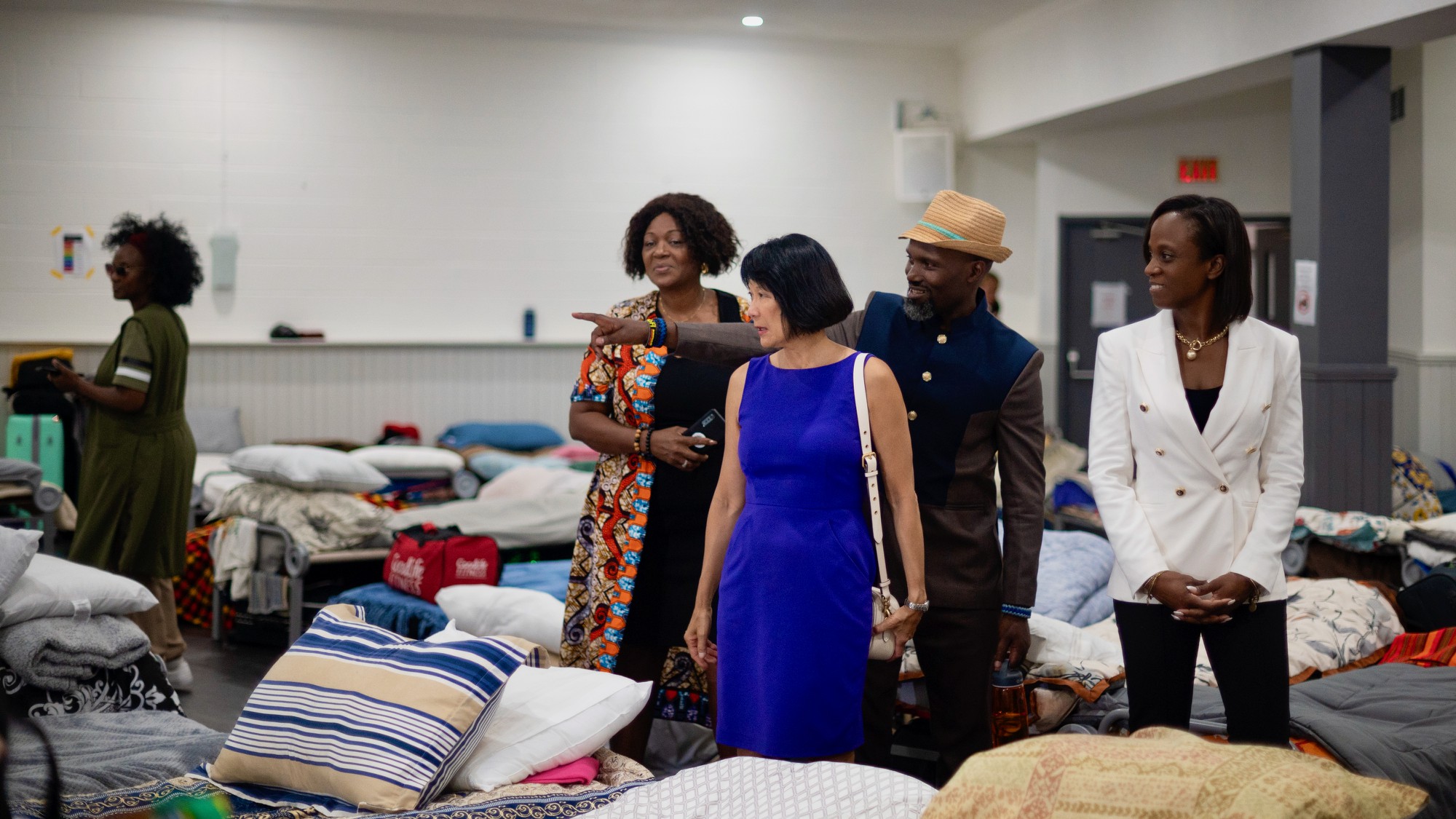Toronto is sending a letter to the federal government asking that they turn its armouries into emergency shelters for refugees as winter nears.
The letter, presented by Davenport councillor Alejandra Bravo on Oct. 30, is asking for long-term investments to address the refugee housing crisis in the city.
Toronto’s daily shelter data reports they currently make up about 40 per cent of all shelter users and make up almost half of the people being turned away each night among intakes at shelters and churches at capacity.
Bravo urged all councillors to sign the letter in a city council meeting on Nov. 8.
“We have to do more. We need to be very forceful with the other orders of government,” Bravo said. “This is a really important opportunity to make good on putting people inside as we face a terrible winter.”
Bravo’s letter said there are currently an average of 320 people being turned away from shelters each night.
Toronto City Council had a three-day meeting this week to consider several items. The main debates involved the city’s plan to build 65,000 affordable homes, advance the waterfront east light-rail train, and expand non-police crisis response services.
However, the council has also been forced to revisit its winter services plan as shelters have already reached capacity levels.
Mayor Olivia Chow voted in favour of a motion to present Bravo’s letter to the federal government on Nov. 1 in an executive meeting.
She backed the winter services plan and has asked them to “step up” in accommodating warm spaces for people who may be “experiencing winter for the first time.”
“We have a homeless shelter plan. We don’t have a comprehensive refugee shelter plan,” Chow said. “It is not what we are set up to do. We are not the federal government.”
The motion presents five recommendations that will allow refugees to “receive the dignity and support that they deserve” and take pressure off local shelter systems.
The city is recommending the federal government open and fund a refugee reception centre for those arriving through Pearson Airport and that they create appropriate support services.
The council is also requesting Toronto be reimbursed for the full costs brought on by supporting the rising number of refugee claimants. Chow has already met with Premier Doug Ford to address the city’s $1.5 billion budget shortfall for the upcoming year.
A U.N. Refugee Agency report found Canada is expected to receive around 140,000 claims by the end of the year, which is 1.5 times more than in 2022. Bravo’s letter noted more refugee claims have been made in Ontario than in any other province.
Immigration Minister Marc Miller confirmed in a press conference on Nov. 2 that the federal government is working collectively with the provincial and municipal governments to address the refugee housing crisis.
Miller said the surge in refugees is not “a problem that is going away,” but armouries may not be an “ideal” short-term solution. However, he said it’s not “off the table” if needed.
“Armouries have mass showers, they are being used by the military. It’s not the proper and dignified way to welcome people. I think we can do a little better than that,” Miller said.
Toronto currently has five armouries, with Moss Park and Fort York having been used for a brief period in January 2018 as emergency shelters.
Miller did not provide details on the current “short-term to medium-term” discussions they’re currently having with Toronto but said they are willing to make additional investments.
The federal government provided $97 million in July to aid in refugee shelter costs. However, this fell short of the city’s requested $157 million request.
Chow said at the Nov. 8 council meeting that the federal government is looking for cheaper options.
She highlighted some of the more expensive systems, like the hotel room shelter spaces that were launched in July, need to change.
“The cost of hotel rooms is expensive,” Chow said. “But when our shelter is full and we don’t want to see people on the street, then what do we do?”

